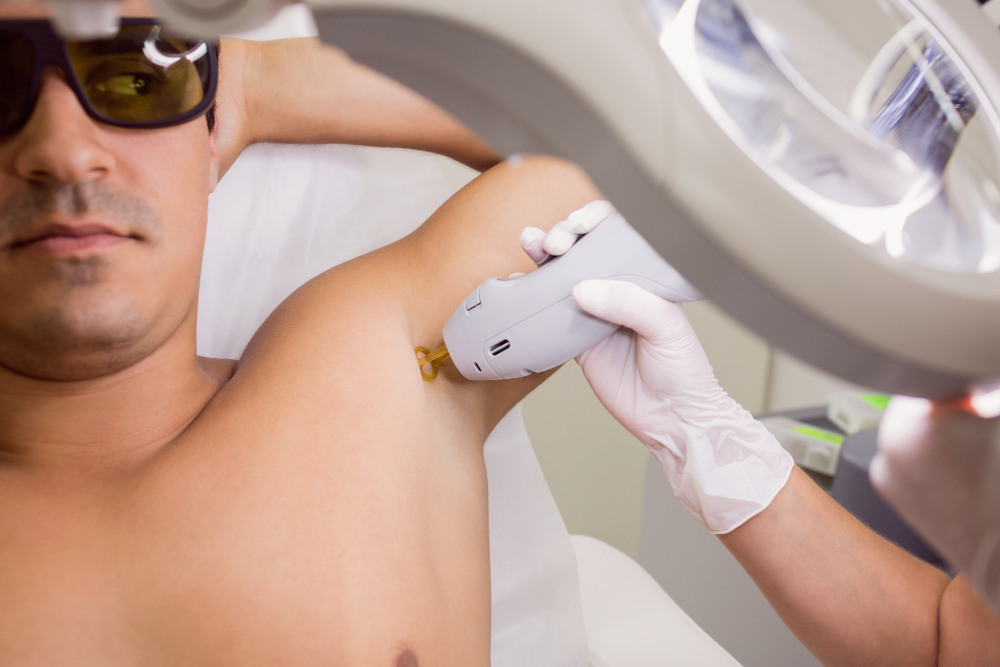
What Is Laser Hair Removal?
Laser hair removal is a cosmetic procedure that uses pulses of laser energy to remove unwanted hair from targeted areas while protecting the surrounding skin. Common treatment zones include the chin, upper lip, chest, underarms, back, bikini line, and legs.
Request an AppointmentWhy Choose Laser Hair Removal?
Unlike temporary methods like tweezing, shaving, waxing, or depilatory creams, laser hair removal offers a more permanent and often less irritating solution. The procedure is generally safe and mostly painless, suitable for nearly any part of the body except around the eyes due to risk of serious damage.
Ideal Candidates for Laser Hair Removal
Since laser targets the melanin (pigment) in hair, the best results occur in patients with dark hair and lighter skin tones. People with blonde, red, gray, or white hair and darker skin tones may not be ideal candidates. However, recent advancements have improved effectiveness for those with darker skin, and ongoing research aims to better treat lighter-colored hair.
Benefits of Laser Hair Removal
- Precise targeting of hair follicles
- Quick treatment sessions
- Long-lasting or permanent results for about 90% of patients
- Generally painless, with minor discomfort often compared to a rubber band snap
The Laser Hair Removal Procedure
Before treatment, a topical anesthetic is applied to numb the area. A handheld device emits laser pulses focused on individual hair follicles. Various techniques exist, some combining laser with radiofrequency, and the best approach is determined during consultation with your physician.
Hair grows in cycles with three stages. Laser removal is most effective during the anagen (active growth) phase when follicles are most receptive to laser energy. Since not all hairs grow simultaneously, multiple sessions—typically 3 to 5—are needed, spaced 4 to 8 weeks apart. Treatment duration may vary depending on hair texture and the area being treated.
Recovery After Laser Hair Removal
Mild redness, swelling, or soreness may appear immediately after treatment but usually resolve within a few days. Cold compresses, moisturizers, and anti-inflammatory creams can help reduce discomfort. It is important to avoid sun exposure for a period following the procedure.
Possible Complications
The most common issue is hair regrowth, often finer and lighter than before. Additional sessions can usually manage regrowth. Other potential side effects include skin irritation such as blistering or crusting, changes in pigmentation or texture, and rarely, scarring at the treatment site.
